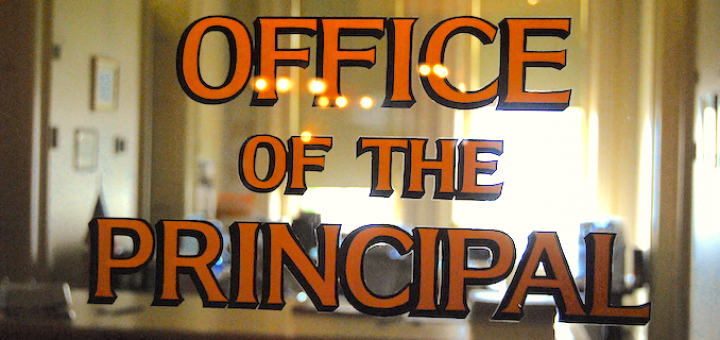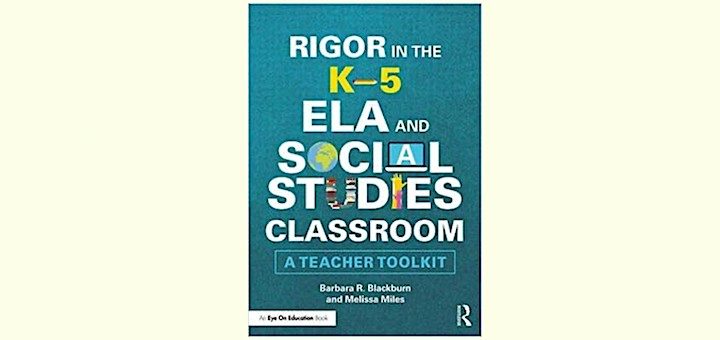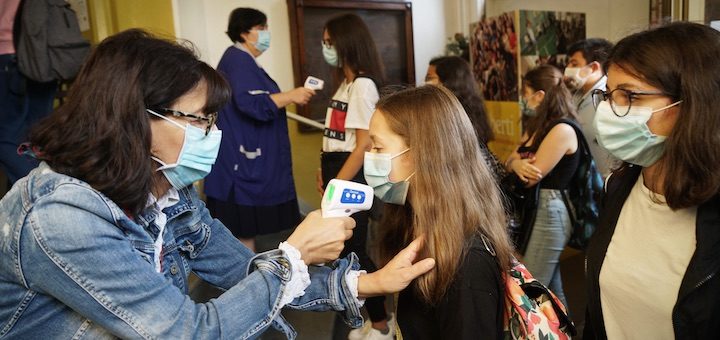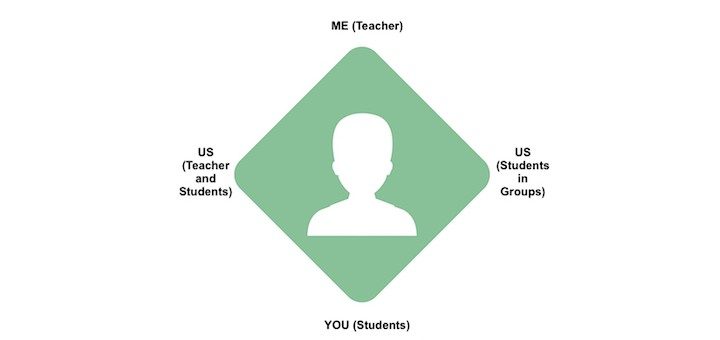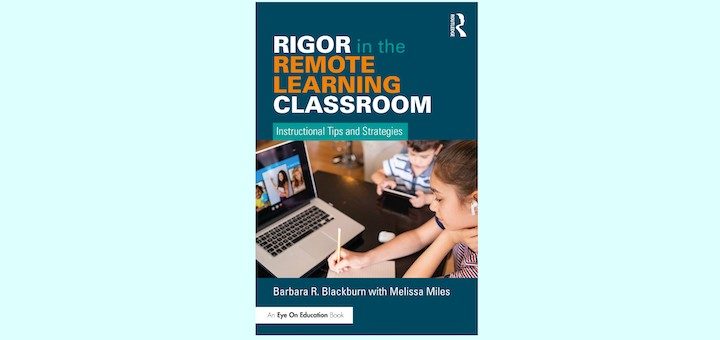Tagged: Barbara R. Blackburn
Community dissent is rising and schools are not immune. The dilemma for principals: conflicting demands from different groups of parents and other influencers. Ron Williamson and Barbara R. Blackburn offer 10 leadership strategies that can help lessen the impact of conflict.
What does instructional rigor look like in the middle school classroom? Teaching consultant and bestselling author Barbara Blackburn offers examples of lessons that reach for the top of Bloom’s and DoK – in social studies, math, electives, the arts, English/ELA, and science.
As school leaders begin typical summer work, they will need to include recovery strategies that identify effects of the pandemic and address emerging issues. Ron Williamson and Barbara Blackburn share key areas of focus to help teachers and students thrive in the new normal.
This year’s whirlwind of factors impacting schools has left educators absolutely exhausted. Consultants Ron Williamson and Barbara R. Blackburn share ways leaders can support their staff (and themselves) to achieve work-life balance in anticipation of the next school year.
Barbara R. Blackburn and Melissa Miles show how a re-interpretation of “rigor” can boost ELA and social studies engagement and learning in grades K-5. Teacher educator Linda Biondi notes the authors offer easily implemented solutions along with thought provoking questions.
In a time of great uncertainty and ambiguity school leaders are often left to grapple with the impact of decisions made elsewhere and to support teachers and staff in every circumstance. Ron Williamson and Barbara Blackburn offer strategies to maximize those efforts.
For years teachers have used the gradual release model to shift ownership and responsibility by degrees from themselves to students. In a remote setting, gradual release is often even more important, as students need structure to learn. Barbara R. Blackburn shows how.
Rigor in the Remote Learning Classroom is a valuable guide that will help teachers and schools reframe the conversation about remote teaching. The book’s tips and strategies can make a remote approach both robust and rigorous, writes middle school head Michael McLaughlin.
Amid pandemic learning, we must address virtual PD experiences for teachers, write experts Barbara Blackburn and Ron Williamson. By considering our purpose, the content, and the appropriate platforms to engage teachers, leaders can assure effective professional learning.
Effective questioning during remote learning doesn’t require new strategies. Consultant Barbara Blackburn suggests building questions with higher order thinking models; including questioning stems; adding cubing for student choice; and having students source their answers.

